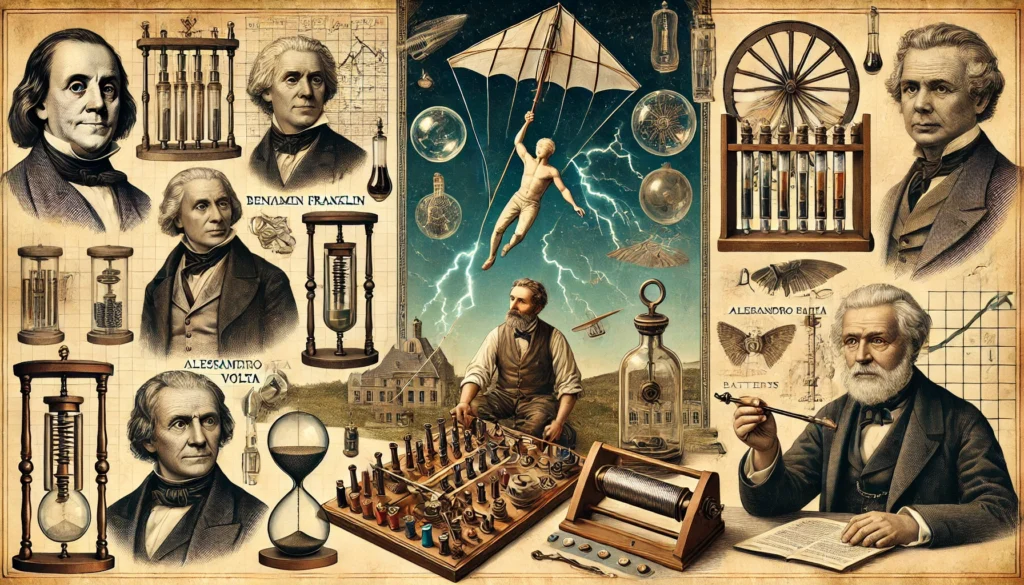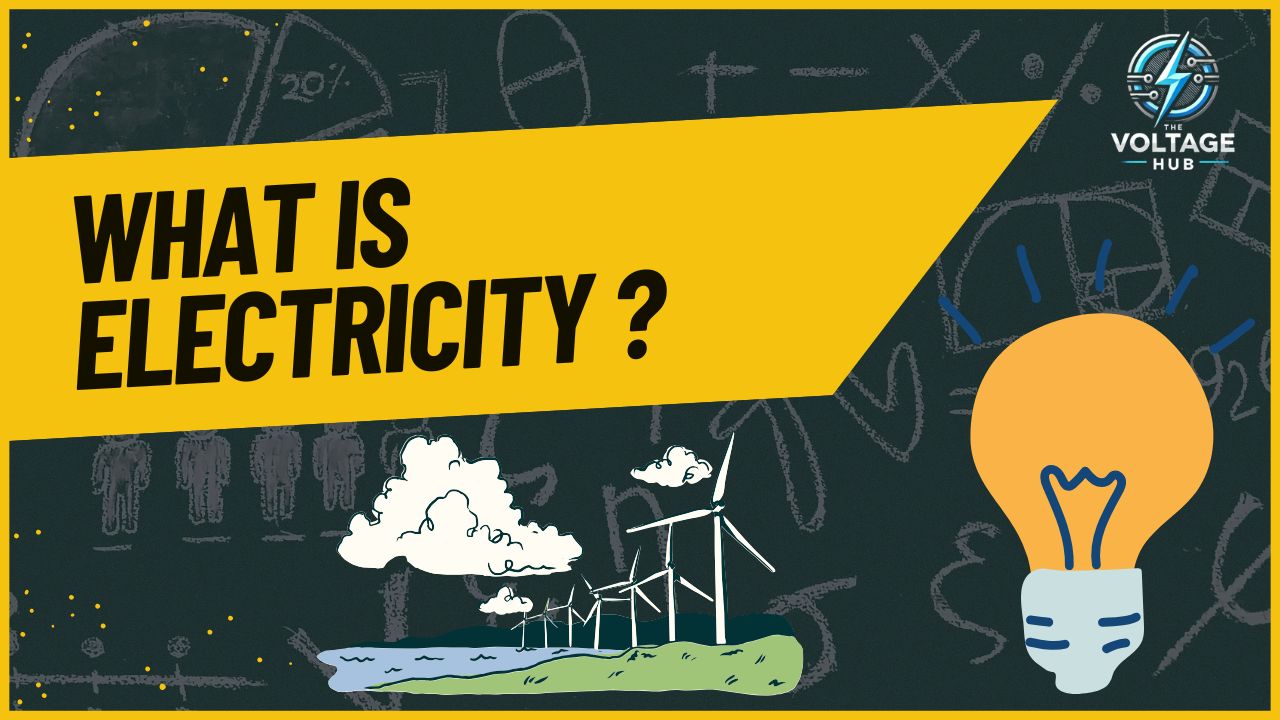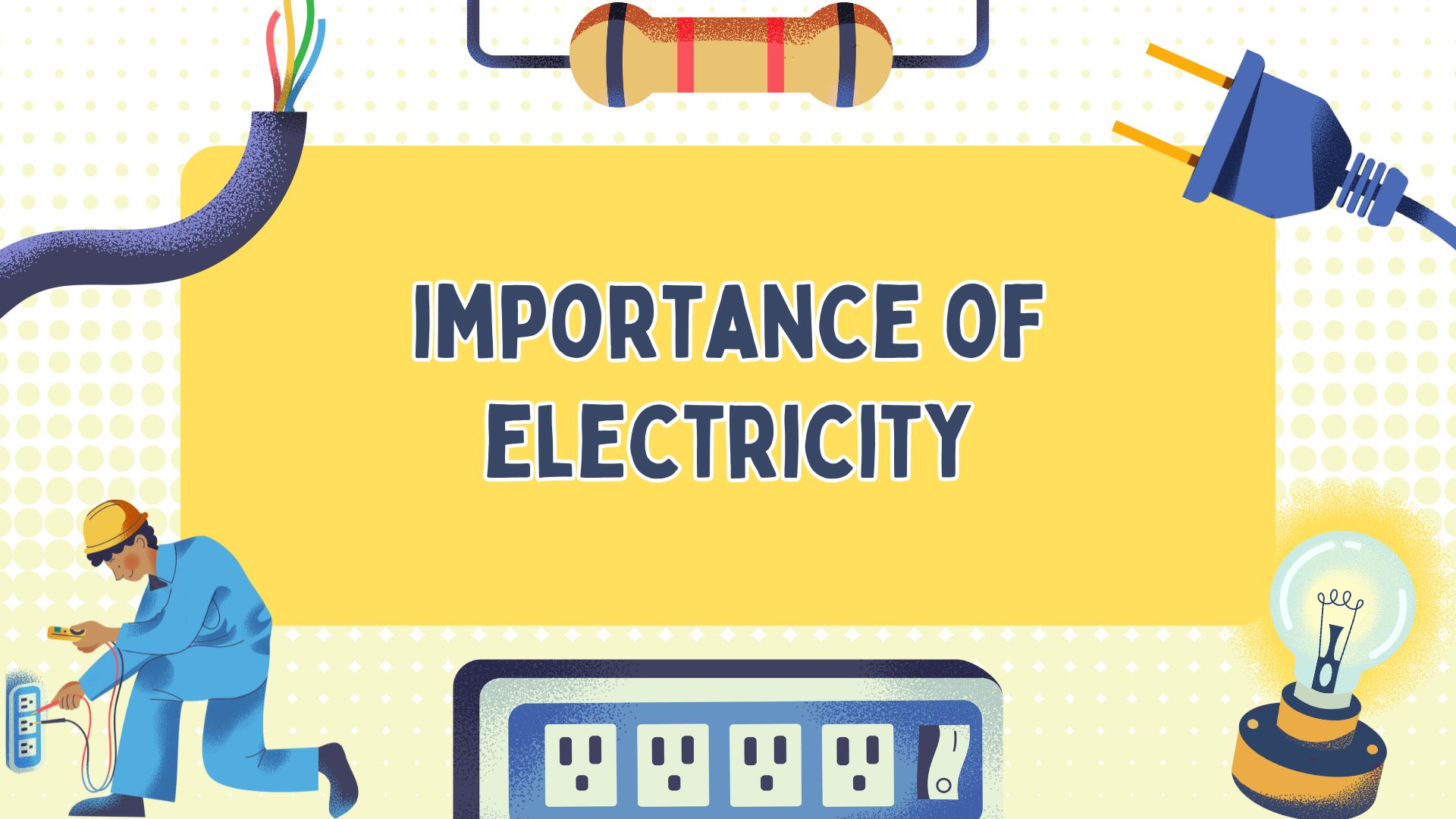Table Of Content
Electricity is a fundamental force that powers modern life, including homes, industries, and technology. To truly understand electricity: definition, types, and uses, it’s essential to explore its core principles, the concept of electric charge, the various forms of electricity, and its fascinating historical discovery.
Definition of Electricity
Electricity is defined as the flow of electric charge, which is the fundamental property of matter. These electric charges can either be positive or negative. The movement and interaction of these charges generate various phenomena collectively known as electricity.
Definition and Concept of Electric Charge:
Understanding electricity principles begins with the concept of electric charge. Electric charge is a basic property of matter carried by subatomic particles. Atoms, the building blocks of all matter, consist of three primary components: protons, neutrons, and electrons. Protons carry a positive charge, electrons carry a negative charge, and neutrons are neutral. The interplay between these charges forms the foundation of electricity.
When there is an imbalance between the number of protons and electrons in an object, it becomes electrically charged. If there are more electrons than protons, the object is negatively charged; if there are fewer, it is positively charged. This imbalance drives the phenomena associated with electricity.
Key Principles of Electric Charge
1. Like charges repel, unlike charges attract: Positive charges repel each other, as do negative charges, but a positive charge attracts a negative charge.
2. Quantization of Charge: Electric charge exists in discrete packets and is always a multiple of the elementary charge (±1.6 × 10^-19 coulombs).
3.Conservation of Charge: The total charge in an isolated system remains constant.
Types of Electricity: Static vs. Current
There are two main types of electricity: static electricity and current electricity. The definition, types, and uses of electricity vary based on the type. Static electricity involves the accumulation of electric charges on the surface of an object, while current electricity refers to the continuous flow of electric charges through a conductor. Both types have diverse applications across various fields.
Static Electricity

Static electricity refers to the accumulation of electric charges on the surface of an object. This type of electricity is usually generated when two materials come into contact and then separate, causing electrons to transfer from one material to another.
- Mechanism: Static electricity arises from the frictional movement of electrons. For example, when you rub a balloon on your hair, electrons transfer from your hair to the balloon, leaving it negatively charged.
- Examples:
- Lightning: A large-scale natural occurrence of static electricity, where charge imbalances in clouds discharge as lightning.
- Everyday phenomena: The shock you feel when touching a doorknob after walking on a carpet.
- Applications: Static electricity is used in devices like photocopiers and air purifiers.
Current Electricity
Current electricity involves the flow of electric charges through a conductor, such as a wire. This flow is driven by a difference in electric potential, commonly referred to as voltage.
Types of Electric Current:
- Direct Current (DC): Charges flow in a single direction, as in batteries.
- Alternating Current (AC): Charges periodically reverse direction, as in household power systems.
Key Components of Current Electricity:
- Voltage (V): The potential difference that drives the movement of charges.
- Current (I): The rate at which charges flow, measured in amperes (A).
- Resistance (R): The opposition to the flow of current, measured in ohms (Ω).
- Applications:
- Direct Current: Used in electronic devices like smartphones and laptops.
- Alternating Current: Powers homes, factories, and public infrastructure.
Historical Context and Discovery of Electricity

The discovery and understanding of electricity: definition, types, and uses evolved over centuries, starting with early observations of static electricity in ancient Greece. From the groundbreaking work of pioneers like Benjamin Franklin, Alessandro Volta, and Nikola Tesla, the study of electricity has transformed society, allowing us to develop the modern electrical systems we rely on today.
Ancient Observations
The earliest recorded observations of electrical phenomena date back to ancient Greece. Around 600 BCE, the philosopher Thales of Miletus discovered that rubbing amber with fur caused it to attract small objects. This was an early observation of static electricity.
- Amber Effect: The Greek word for amber, “electron,” inspired the term electricity.
Pioneering Experiments and Discoveries
The systematic study of electricity began in the 17th and 18th centuries with contributions from several key figures:
- William Gilbert (1544–1603): Often regarded as the father of electricity, Gilbert conducted experiments on magnetism and static electricity. He coined the term “electricus” to describe materials that attract objects after being rubbed.
- Benjamin Franklin (1706–1790): Franklin’s famous kite experiment demonstrated the connection between lightning and static electricity. By flying a kite during a thunderstorm, he proved that lightning is a form of electrical discharge.
- Alessandro Volta (1745–1827): Volta invented the first electrical battery, known as the Voltaic Pile. This device produced a steady flow of electric current and marked a significant milestone in the practical use of electricity.
- Michael Faraday (1791–1867): Faraday’s discovery of electromagnetic induction laid the foundation for electric generators and transformers. He demonstrated that a changing magnetic field could induce an electric current in a conductor.
- James Clerk Maxwell (1831–1879): Maxwell’s equations mathematically described the relationship between electricity and magnetism, unifying them into the theory of electromagnetism.
Modern Developments
The late 19th and early 20th centuries witnessed a surge in electrical innovation:
- Thomas Edison (1847–1931): Edison developed the practical incandescent light bulb and established the first electric power distribution system.
- Nikola Tesla (1856–1943): Tesla’s work on alternating current (AC) systems revolutionized electricity transmission, enabling long-distance power distribution.
- James Prescott Joule (1818–1889): Joule’s research on the relationship between heat and electricity contributed to the formulation of the first law of thermodynamics.
Uses of Electricity:

Electricity is an essential part of modern life, with applications spanning across virtually every aspect of daily life and industry. Understanding electricity: definition, types, and uses helps in appreciating its diverse role in shaping the world we live in. Some of the major uses of electricity include:
1.Scientific Research: Electricity is vital for scientific experiments and research. From particle accelerators to telescopes, electricity powers the equipment used by scientists to make groundbreaking discoveries in fields like physics, chemistry, and biology.
2.Powering Homes and Buildings: Electricity is the primary source of energy for lighting, heating, cooling, and powering household appliances such as refrigerators, washing machines, and televisions. Without electricity, much of the comfort and convenience of modern living would not be possible.
3.Industrial Applications: In industries, electricity is used to power machinery, equipment, and manufacturing processes. It is essential in sectors like automotive production, steel manufacturing, and food processing, making electricity a key driver of economic development and productivity.
4.Transportation: Electricity is increasingly used in the transportation sector, particularly with the rise of electric vehicles (EVs). Electric cars, buses, and trains are becoming more popular due to their environmental benefits, offering an alternative to fossil-fuel-powered transportation.
5.Communication: Electricity powers the devices we rely on for communication, such as smartphones, computers, and the internet infrastructure. It enables long-distance communication through various forms, including telephone lines, satellites, and wireless technologies.
6.Healthcare: Modern healthcare depends heavily on electricity to power medical equipment like ventilators, MRI machines, and dialysis machines. Electricity also enables life-saving procedures and treatments, such as in hospitals, clinics, and research facilities.
7.Renewable Energy: Electricity plays a crucial role in the use of renewable energy sources. Solar panels, wind turbines, and hydroelectric power stations all convert natural energy into electricity, helping to reduce dependence on fossil fuels and combat climate change.
8.Entertainment and Media: Electricity is essential for the operation of entertainment devices such as televisions, gaming consoles, and cinema projectors. It also powers the broadcast and production equipment used in media, enabling the creation and distribution of films, TV shows, and online content.
9.Agriculture: In agriculture, electricity is used to power irrigation systems, automated machinery, and greenhouses. It also plays a role in the processing and preservation of agricultural products, such as refrigeration and food processing.
10.Lighting and Street Lighting: Electricity is widely used for street lighting and illumination of public spaces. Efficient and sustainable lighting solutions, such as LED bulbs, have significantly improved energy consumption and reduced the environmental impact of urban lighting systems.
Conclusion
Mastering electricity principles is essential to harnessing its potential. Electricity, with its origins in the fundamental property of electric charge, has transformed from a natural curiosity to a vital force driving modern civilization. By exploring its forms—static and current electricity—and tracing its historical discovery, we gain a deeper appreciation for the power and potential of this remarkable phenomenon. From ancient amber to cutting-edge technologies, the story of electricity continues to evolve, shaping the future of humanity.



